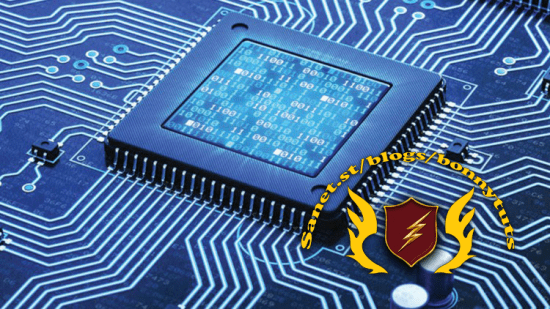
Published 08/2022
MP4 | Video: h264, 1280×720 | Audio: AAC, 44.1 KHz, 2 Ch
Genre: eLearning | Language: English + srt | Duration: 32 lectures (9h 19m) | Size: 4.46 GB
Interfacing with AVR ATMEGA 32
What you’ll learn
Understand what are embedded systems and microcontrollers
Get to know the different peripherals of the AVR ATMEGA32
Embedded C
Make real life applications using ATMEGA 32
Requirements
C programming language
Description
The Introduction to Embedded Systems Course is the gate and start point for anyone interested in learning embedded systems and using the ATMEGA32 microcontroller. The course starts from scratch with an introduction to embedded systems to know what are embedded systems and where we see them in our everyday life then the course takes you to an introduction to microcontrollers then how to work with them and work with bits and embedded C. By having this solid ground you will be able to work with the ATMEGA32 and know its different capabilities and peripherals and how to interface with it. You will start with the inputs and outputs then seeing data on a 7-segment and LCD and entering data with a keypad then using a motor and different analog input devices then you will control a servo motor after getting to know what PWM is and last but not least communication between microcontrollers and creating a network using UART, SPI and I2C. The course is mainly divided into theoretical lectures for understanding the concept, practical coding lectures to implement what you have learnt, a quiz after each section to make sure that you have understood that part before going on with the course and some assignments to exercise by yourself and do some coding . Also at the end of the course you will get a final exam on all the topics as well as a big project to get your hands dirty with embedded systems and make your first own project. The project is a simple model for a smart home. I would strongly encourage you before reaching this exam and project to solve all the quizzes and not move to the following part without passing the quiz of that section and to solve all the given assignments as well as rewriting all the codes on your own to gain confidence before the big project. The course requires that you have a background in C programming language only. No need for any hardware, only your PC or Laptop
Password/解压密码www.tbtos.com